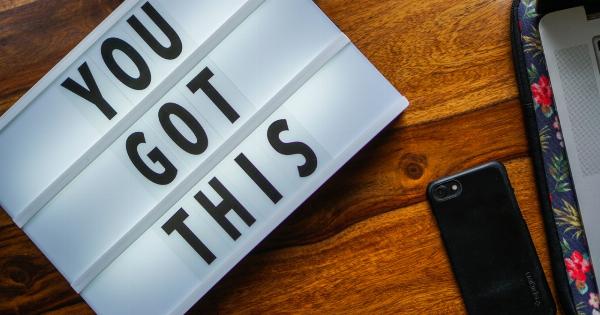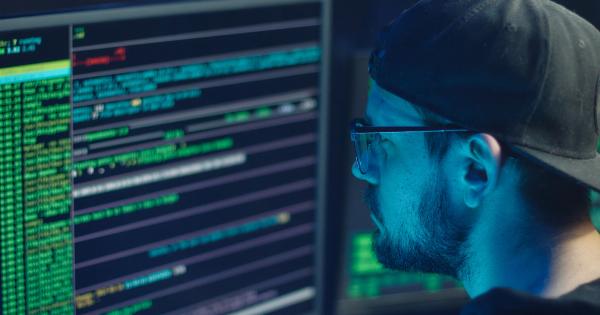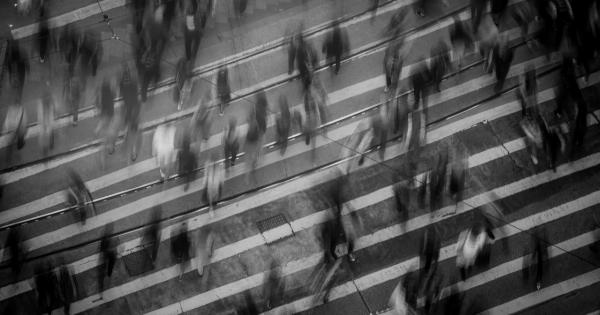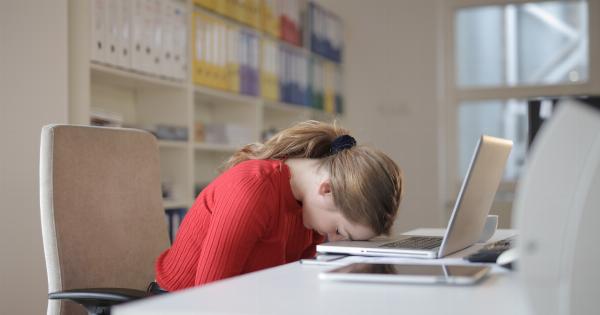Atmospheric pollution is one of the deadliest killers in the world today. It is responsible for the deaths of 8.8 million people every year – more than AIDS, malaria and tuberculosis combined.
Pollution is a silent killer, slowly taking lives and damaging the health of millions of people worldwide. It is a problem that affects us all, and one that we must urgently address.
What is Atmospheric Pollution?
Atmospheric pollution is the presence of harmful substances in the air we breathe. These substances can come from many different sources, including industrial production, transportation, agriculture, and energy production.
Common pollutants include nitrogen oxide, sulfur dioxide, ground-level ozone, fine particulate matter, and carbon monoxide.
Atmospheric pollution has a range of harmful effects on human health. Short-term exposure can cause irritation to the eyes, nose and throat, while long-term exposure can lead to chronic respiratory problems, heart disease, and even lung cancer.
Pollution also has significant effects on the environment, including acid rain, depletion of the ozone layer, and global warming.
Who is Most Affected?
While atmospheric pollution affects us all, certain groups are particularly vulnerable.
Children, the elderly, and those with pre-existing respiratory or cardiovascular conditions are at a higher risk of developing health problems due to exposure to pollution. Low-income communities and people living in developing countries are also disproportionately affected, as they are often exposed to higher levels of pollution due to poor air quality and a lack of regulation.
What Can be Done?
The good news is that atmospheric pollution is a problem that can be solved. There are many steps that can be taken to reduce pollution and protect public health. Some of these include:.
1. Government Policies and Regulations
One of the most effective ways to reduce pollution is for governments to enforce regulations on industries and businesses. These regulations can include limiting emissions and enforcing strict standards for air quality.
Governments can also encourage the use of renewable energy sources and promote sustainable transportation options.
2. Individual Action
Individuals can also take steps to reduce their own contribution to pollution. This can include simple actions such as using public transportation or carpooling, reducing energy consumption, and properly disposing of waste.
By making small changes in our daily lives, we can each contribute to a cleaner, healthier environment.
3. Increased Awareness
One of the most significant challenges in combatting pollution is awareness. Many people are not aware of the impact that pollution has on their health and the environment.
Increased education and awareness campaigns can help to raise awareness of the issue and encourage public action.
4. Technology and Innovation
Technological advancements and innovation can also play a significant role in reducing pollution. New technologies such as electric vehicles and renewable energy sources can help to reduce reliance on fossil fuels and lower overall emissions.
Governments and businesses can also invest in research and development to create new solutions to reduce pollution.
The Time for Action is Now
Atmospheric pollution is a problem that affects us all. It is a silent killer, slowly damaging the health of millions of people and causing significant environmental damage. The time for action is now.
We must work together, as individuals, communities, and governments, to reduce pollution and prevent unnecessary deaths and illnesses. By taking steps to address this issue, we can create a healthier, more sustainable future for all.






























